Bird photography combines the tranquility of birdwatching with the technical challenge of wildlife photography, creating a rewarding pursuit that can become a lifelong passion. However, many aspiring bird photographers feel intimidated by the seemingly high cost of entry, with professional wildlife photographers often sporting equipment worth thousands of dollars. The good news is that you don’t need to break the bank to capture stunning images of our feathered friends. Modern camera technology has advanced tremendously, making quality gear more accessible than ever. This guide explores the best budget-friendly cameras that offer the essential features needed for bird photography while remaining affordable for beginners and enthusiasts.
Understanding the Requirements for Bird Photography
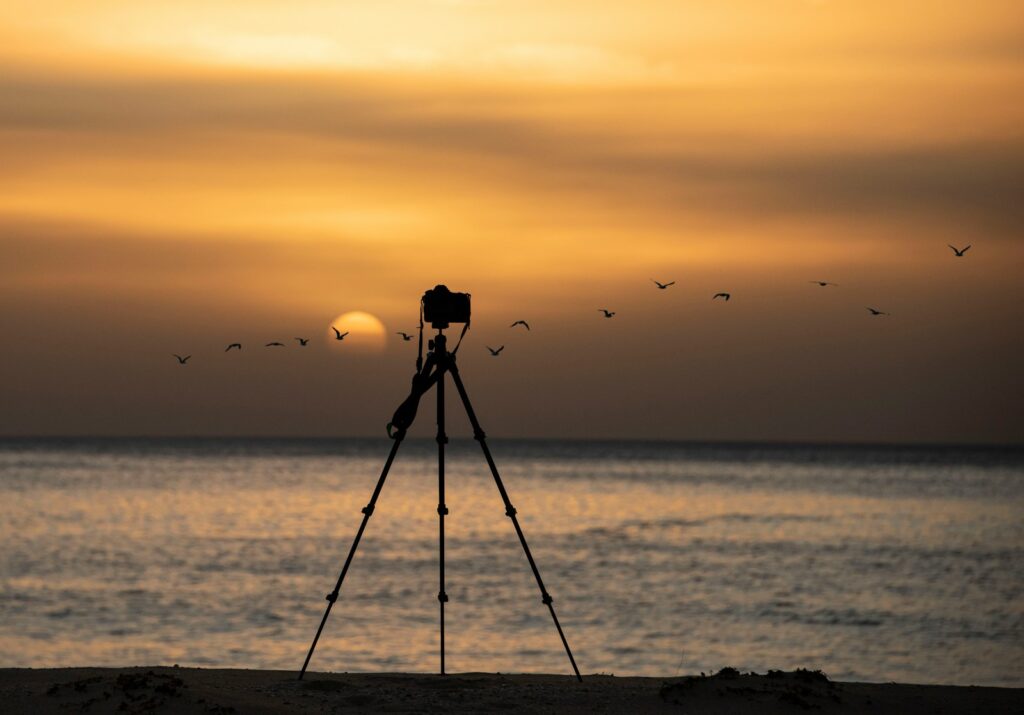
Bird photography presents unique challenges that even budget cameras need to address effectively. Fast-moving subjects require quick autofocus systems and decent burst shooting capabilities to capture that perfect moment when a bird takes flight or lands on a branch. Good image quality in various lighting conditions is essential, as birds are often active during early morning or evening hours when light is limited. Sufficient reach is another critical factor, as most birds won’t let you get too close, making a camera that works well with telephoto lenses invaluable. Finally, reasonable weight and ergonomics matter, especially when you’re hiking trails or standing for hours waiting for the perfect shot.
Canon EOS Rebel T7: The Accessible Entry Point

The Canon EOS Rebel T7 (also known as the 2000D in some markets) offers an extremely accessible entry point for beginners with its sub-$500 price tag when purchased with a kit lens. This 24-megapixel DSLR provides good image quality and color rendition that Canon is known for, making it ideal for detailed bird portraits when paired with an affordable telephoto lens like the 55-250mm f/4-5.6 IS STM. While its 3fps burst rate and basic autofocus system aren’t specialized for fast-moving subjects, they’re entirely adequate for stationary birds or those with predictable movements. The battery life is excellent, offering around 500 shots per charge, which means you can spend a full day in the field without worrying about power.
Nikon D3500: Exceptional Value for Beginners

The Nikon D3500 stands out as possibly the best value DSLR for beginner bird photographers, typically available for around $450-500 with a kit lens. Its 24-megapixel sensor delivers excellent image quality with impressive low-light performance, giving you more flexibility during dawn and dusk when birds are most active. The camera’s lightweight body (just 415g) makes it comfortable to carry during long birdwatching sessions, reducing fatigue when paired with telephoto lenses. Nikon’s robust lens ecosystem is another advantage, with affordable options like the 70-300mm f/4.5-6.3G ED providing good reach for distant subjects. The battery life is remarkable at approximately 1,550 shots per charge, eliminating the need for spare batteries on day trips.
Sony A6000: Compact Mirrorless Power
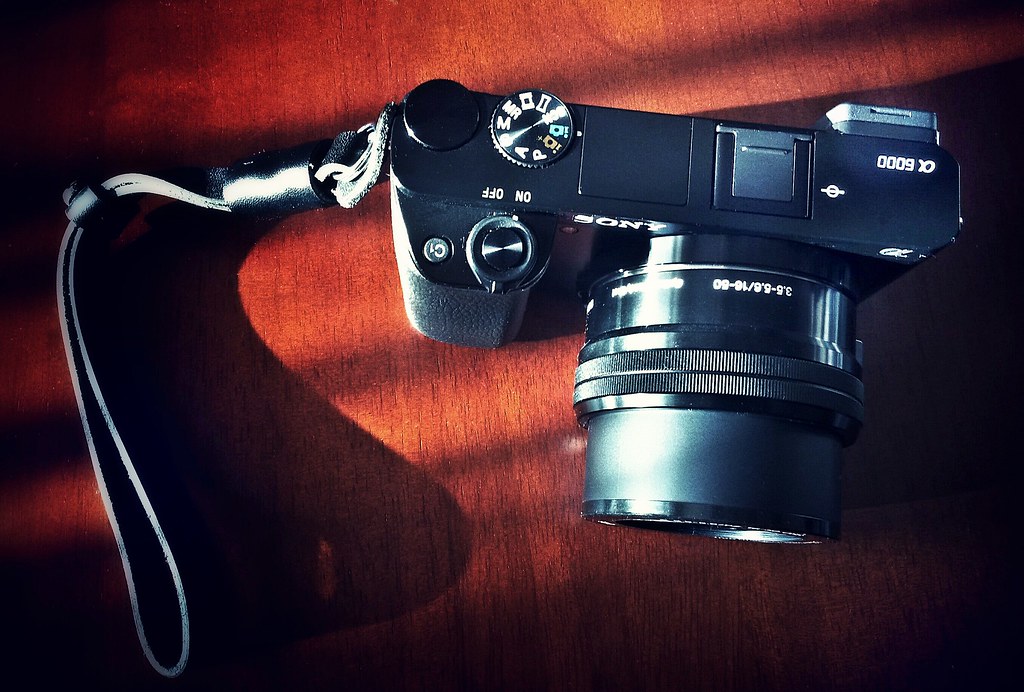
Despite being released in 2014, the Sony A6000 remains one of the best budget mirrorless options for bird photography, often available for under $650 with a kit lens. Its standout feature is the impressive 11fps burst shooting with continuous autofocus, allowing you to capture perfect moments like birds in flight or feeding behaviors. The 24-megapixel APS-C sensor delivers excellent image quality, while the compact form factor makes it significantly lighter than comparable DSLRs, a blessing during long field sessions. Sony’s E-mount system offers several affordable telephoto options, including adapting legacy lenses from other systems at budget prices. The electronic viewfinder provides the advantage of seeing your exposure in real-time before taking the shot, particularly useful in challenging lighting conditions.
Panasonic Lumix FZ80: All-in-One Solution
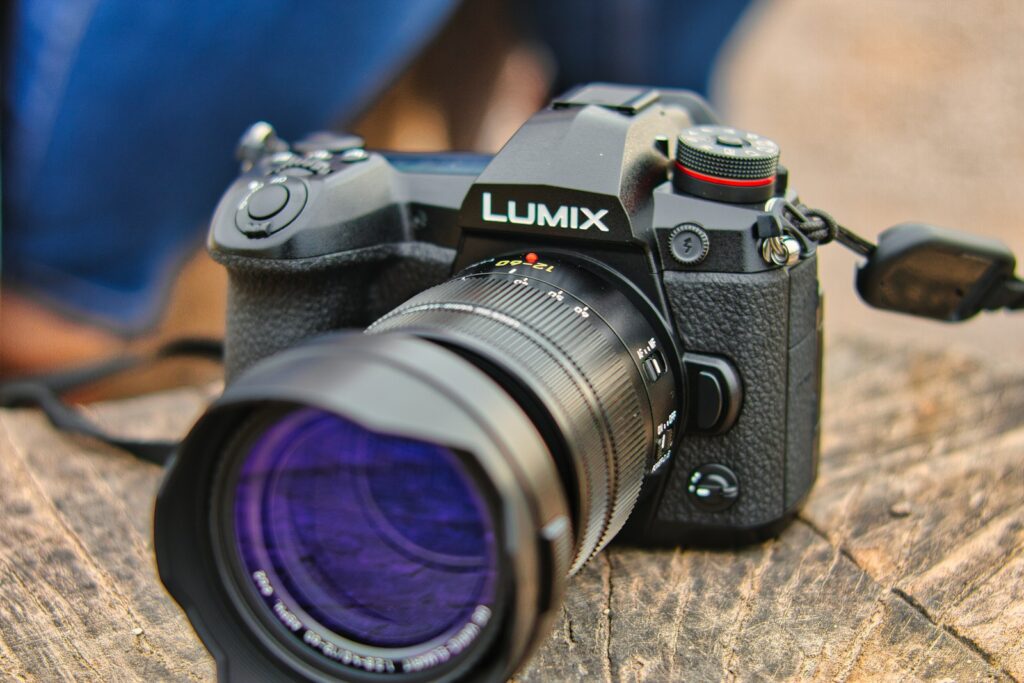
For those wanting to avoid interchangeable lenses altogether, the Panasonic Lumix FZ80 bridge camera offers remarkable value at around $300-400. It’s built-in 60x optical zoom lens provides an equivalent focal range of 20-1200mm, giving impressive reach for distant birds without requiring additional lenses. The 18-megapixel sensor, while smaller than those in DSLRs or mirrorless cameras, still produces good-quality images in favorable lighting conditions. Features like 4K video and photo modes allow you to extract 8-megapixel stills from video footage, perfect for capturing unpredictable bird movements. The camera’s optical image stabilization is particularly valuable at extreme zoom ranges, helping to reduce blur when shooting handheld.
Canon PowerShot SX70 HS: Bridge Camera Excellence
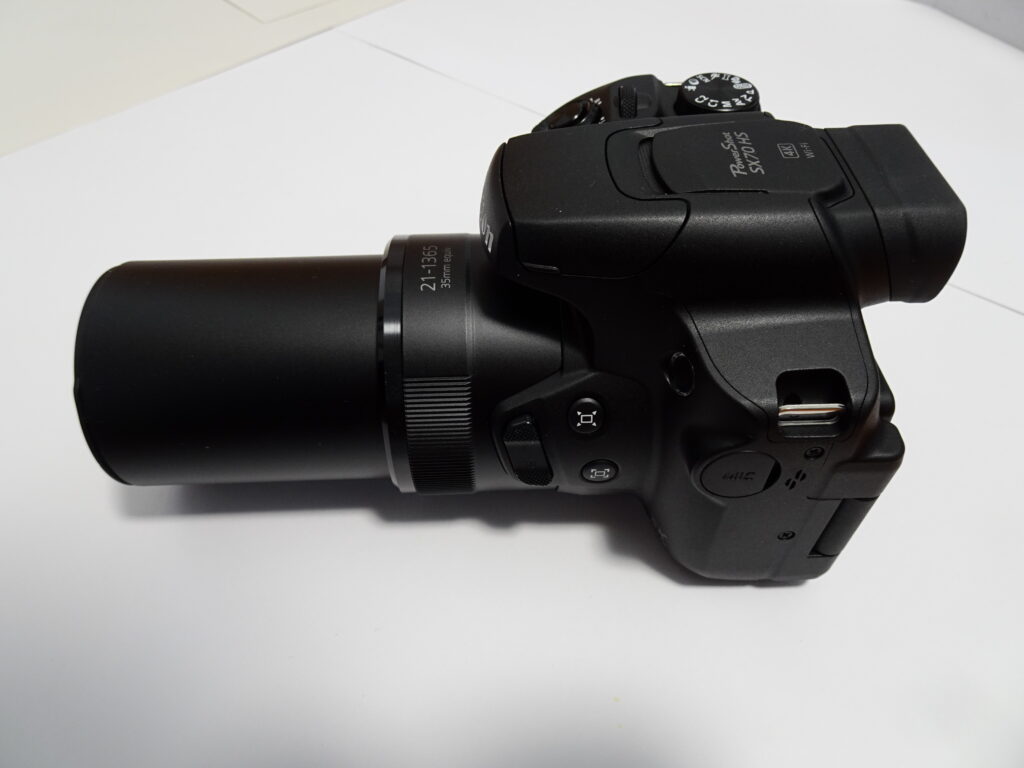
The Canon PowerShot SX70 HS represents a step up in the bridge camera category, offering more refined performance for bird photography at around $550. It’s 65x optical zoom provides an equivalent focal length of 21-1365mm, delivering extraordinary reach for photographing distant or skittish birds. The 20.3-megapixel CMOS sensor paired with Canon’s DIGIC 8 processor produces images with pleasing colors and decent detail, especially in good lighting. The camera’s fully articulating screen proves invaluable when shooting from unusual angles, such as birds in overhead branches or at ground level. Raw shooting capability gives more flexibility in post-processing, allowing you to recover details in shadows and highlights that might be lost in JPEG images.
Olympus OM-D E-M10 Mark III: Micro Four Thirds Versatility
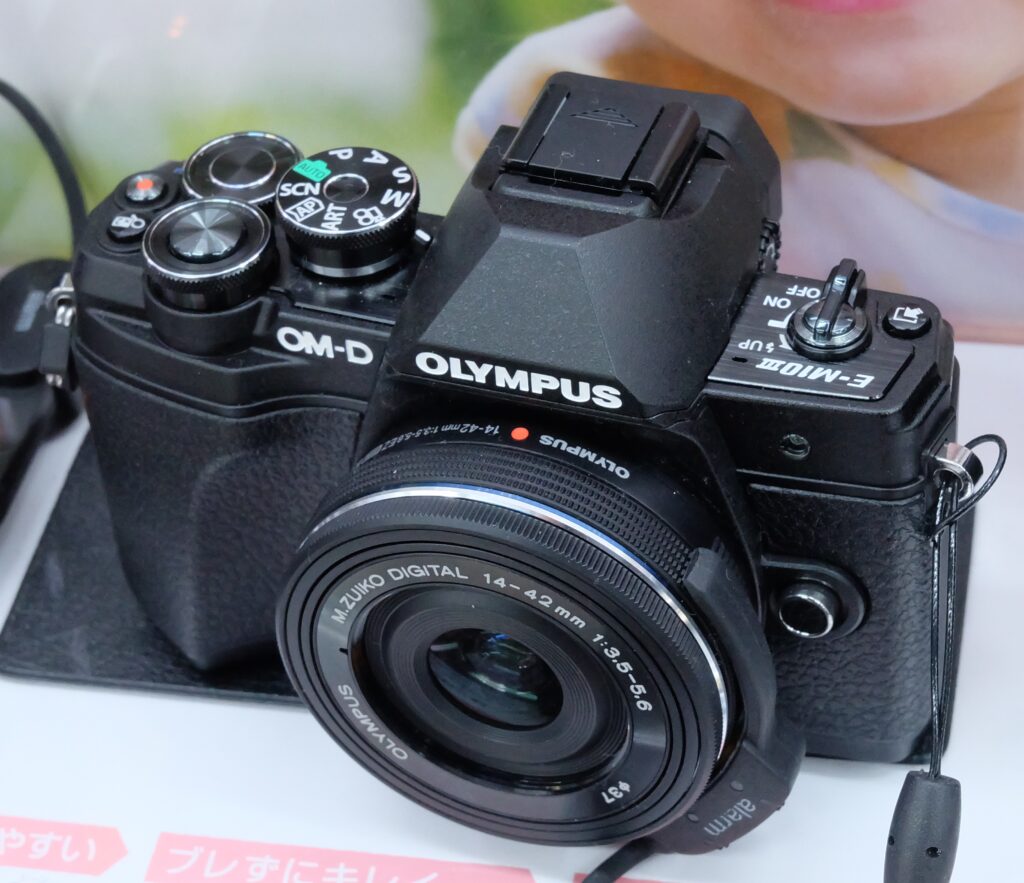
The Olympus OM-D E-M10 Mark III offers a compelling package for bird photographers on a budget, typically available for around $600-700 with a kit lens. This Micro Four Thirds camera features excellent in-body image stabilization, providing up to 4 stops of stabilization with any lens—a significant advantage when using telephoto lenses without built-in stabilization. The 16-megapixel sensor may seem modest by today’s standards, but it delivers surprisingly good image quality with proper technique. A major advantage of the Micro Four Thirds system is the 2x crop factor, which effectively doubles the reach of telephoto lenses—making the affordable Olympus 75-300mm f/4.8-6.7 II function like a 150-600mm lens on full-frame systems. The compact size and weight of both the camera and its lenses make this system particularly travel-friendly for bird photography trips.
Nikon Coolpix P1000: Extreme Zoom Champion
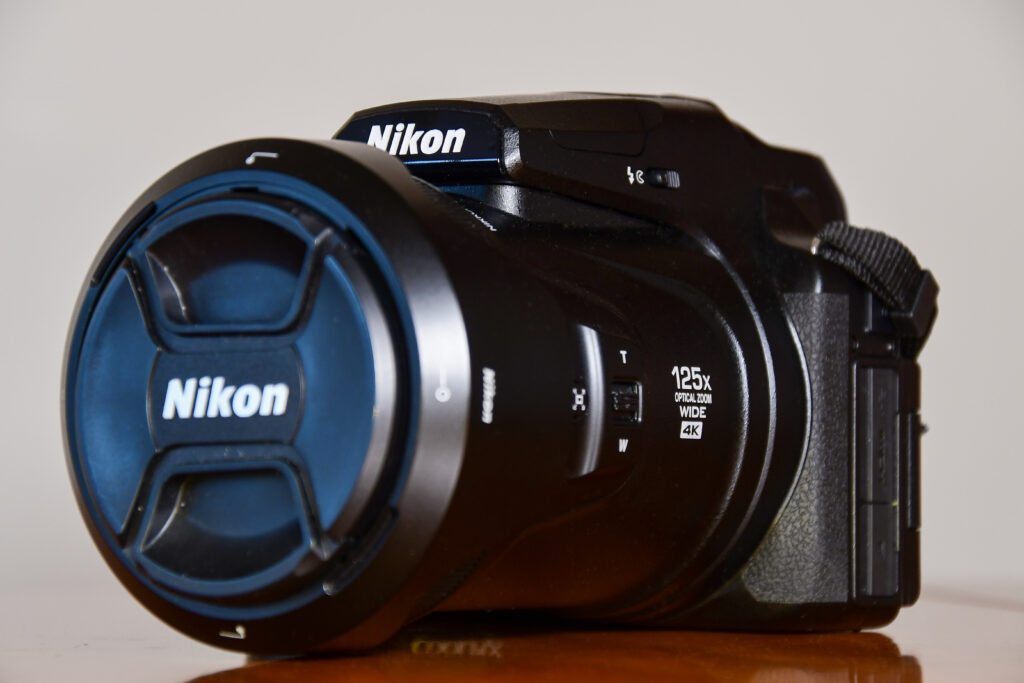
For those prioritizing reach above all else, the Nikon Coolpix P1000 offers an unmatched 125x optical zoom lens with an equivalent focal length of 24-3000mm, all in a fixed-lens package costing around $1000. This extraordinary reach allows detailed photos of extremely distant birds that would be impossible with other cameras in this price range, making it particularly valuable for photographing shy species or birds across open water bodies. The built-in vibration reduction system is essential when shooting at extreme focal lengths, helping to counteract the inevitable camera shake. While the 16-megapixel 1/2.3″ sensor is small compared to DSLRs and mirrorless cameras, resulting in image quality limitations, especially in low light, the unparalleled zoom capability represents a worthwhile trade-off for many bird photographers. The camera’s dedicated bird-watching mode optimizes settings specifically for avian subjects, making it more accessible for beginners.
Canon EOS M50 Mark II: Midrange Mirrorless Option
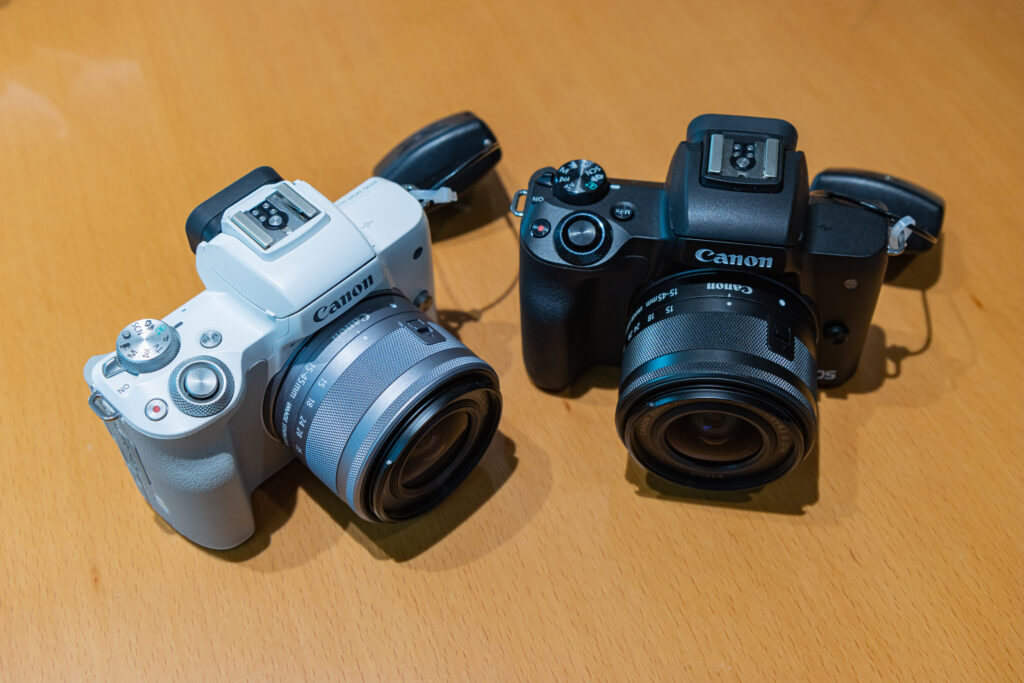
The Canon EOS M50 Mark II offers a solid midrange option for bird photographers, typically priced around $700 with a kit lens. Its 24-megapixel APS-C sensor delivers excellent image quality with good dynamic range, allowing for more post-processing flexibility when dealing with high-contrast scenes. The Dual Pixel autofocus system provides reliable performance, especially for stationary birds, though it’s not as advanced as higher-end models for birds in flight. Canon’s EF-M mount has a limited native telephoto selection, but the affordable EF-M to EF adapter opens up Canon’s vast DSLR lens lineup, including budget-friendly options like the 55-250mm IS STM. The fully articulating touchscreen proves useful for composition from difficult angles, while the electronic viewfinder offers good clarity for framing shots in bright conditions.
Essential Budget Lenses for Bird Photography

Even the best camera body needs appropriate lenses to capture quality bird images, and fortunately, several affordable options exist. For Canon and Nikon DSLRs, the 55-250mm and 70-300mm lenses, respectively offer good quality for $300-350, providing enough reach for larger birds or those comfortable with human presence. More ambitious photographers might consider third-party options like the Tamron 100-400mm ($800) or Sigma 150-600mm Contemporary ($1000), which, while pushing the definition of “budget,” provide tremendous reach for the price compared to manufacturer equivalents. For mirrorless systems, options like the Sony E 55-210mm ($350) or Olympus 75-300mm ($550) represent good entry points. When choosing a lens, reach isn’t everything—factors like image stabilization, minimum focusing distance, and maximum aperture also significantly impact your bird photography experience.
Maximizing Image Quality on a Budget
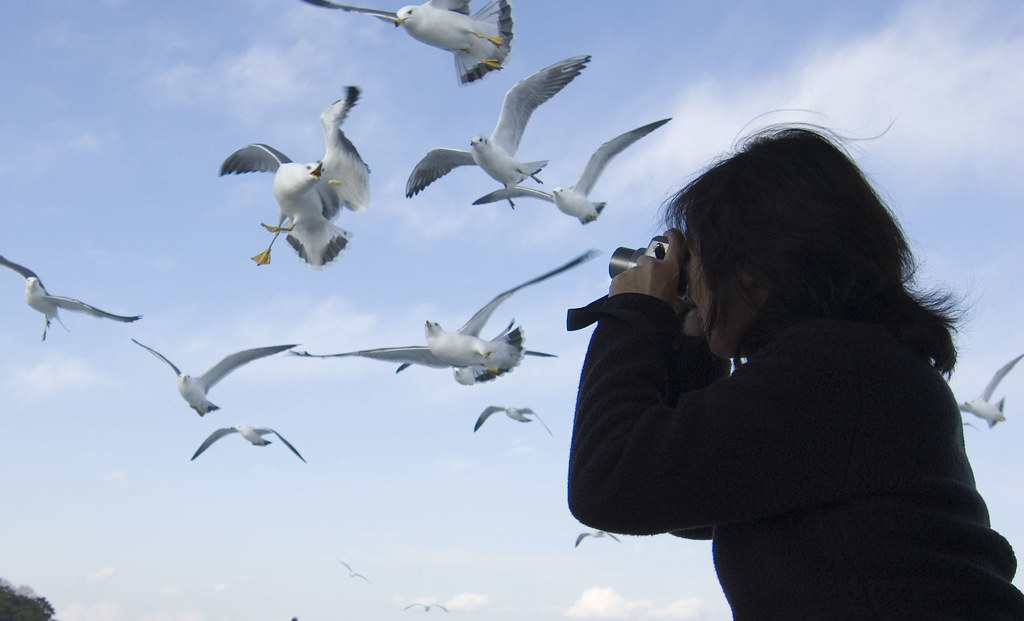
Budget cameras can produce exceptional bird photographs when paired with proper technique and understanding of their limitations. Shooting in good light, typically during the golden hours of early morning and late afternoon, minimizes the noise issues common with lower-end sensors while also providing more flattering illumination on your feathered subjects. Learning to use your camera’s burst mode effectively can increase your keeper rate when photographing active birds, while mastering manual or semi-automatic exposure modes gives more consistent results across varying conditions. Post-processing software like the free RawTherapee or modestly priced Affinity Photo can significantly enhance your images without requiring expensive subscriptions. Finally, investing in a stable, lightweight tripod often improves image quality more dramatically than upgrading camera bodies, particularly when using telephoto lenses at their maximum reach.
Used Equipment: Expanding Your Options

The used equipment market dramatically expands the possibilities for budget-conscious bird photographers, often allowing access to previous-generation higher-end models for the same price as new entry-level gear. Platforms like KEH, MPB, and B&H Photo’s used department offer graded used equipment with return policies that minimize risk. Previous generation cameras like the Nikon D7200 or Canon 7D Mark II can be found for $500-700 used, offering professional-level autofocus systems and burst rates that far outperform new entry-level models. Similarly, used telephoto lenses often represent excellent value, with options like a used Canon 400mm f/5.6L potentially available for under $900, offering image quality that exceeds any zoom lens in that price range. When buying used, prioritize mechanical condition over cosmetic appearance, and check for issues like sensor dust, lens fungus, or autofocus accuracy.
Conclusion: Starting Your Bird Photography Journey
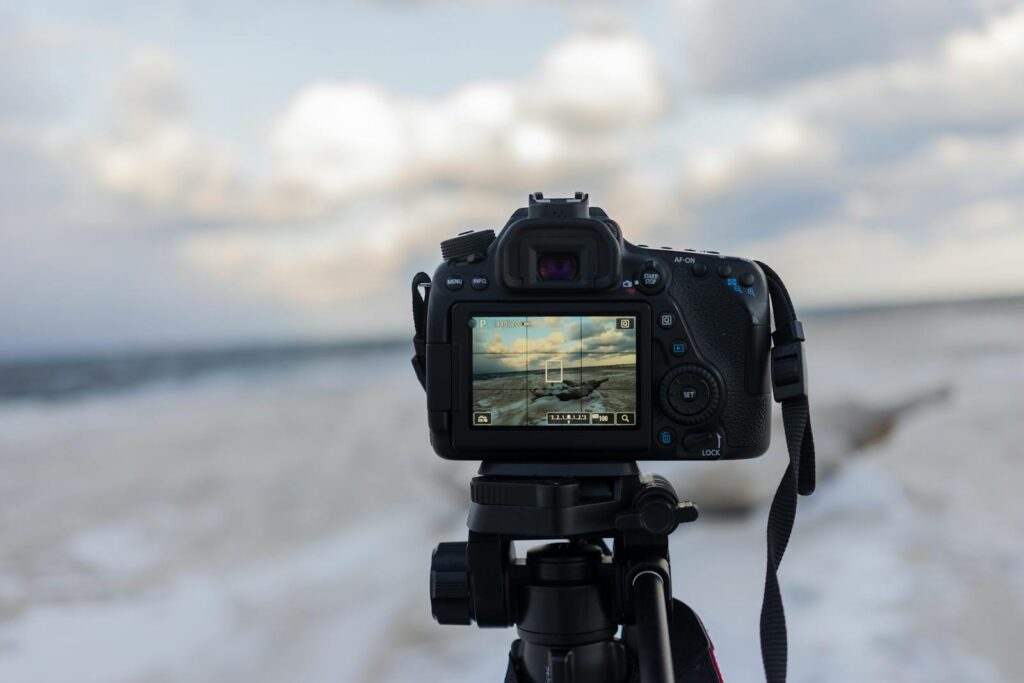
Bird photography represents a perfect blend of technology, nature appreciation, and artistic expression that can provide years of enjoyment regardless of your budget. The cameras discussed in this guide demonstrate that meaningful entry into this rewarding hobby doesn’t require premium equipment—just a willingness to learn and patience in the field. Start with whatever system fits your budget, focusing first on building field craft and photographic skills rather than accumulating gear. Remember that iconic bird photographs come from understanding bird behavior, finding good light, and creative composition more than from having the most expensive equipment. As your skills grow, you can selectively upgrade components of your kit that address specific limitations you’ve encountered. Most importantly, enjoy the process of connecting with nature through your viewfinder, documenting the beauty and behavior of birds in your area.
